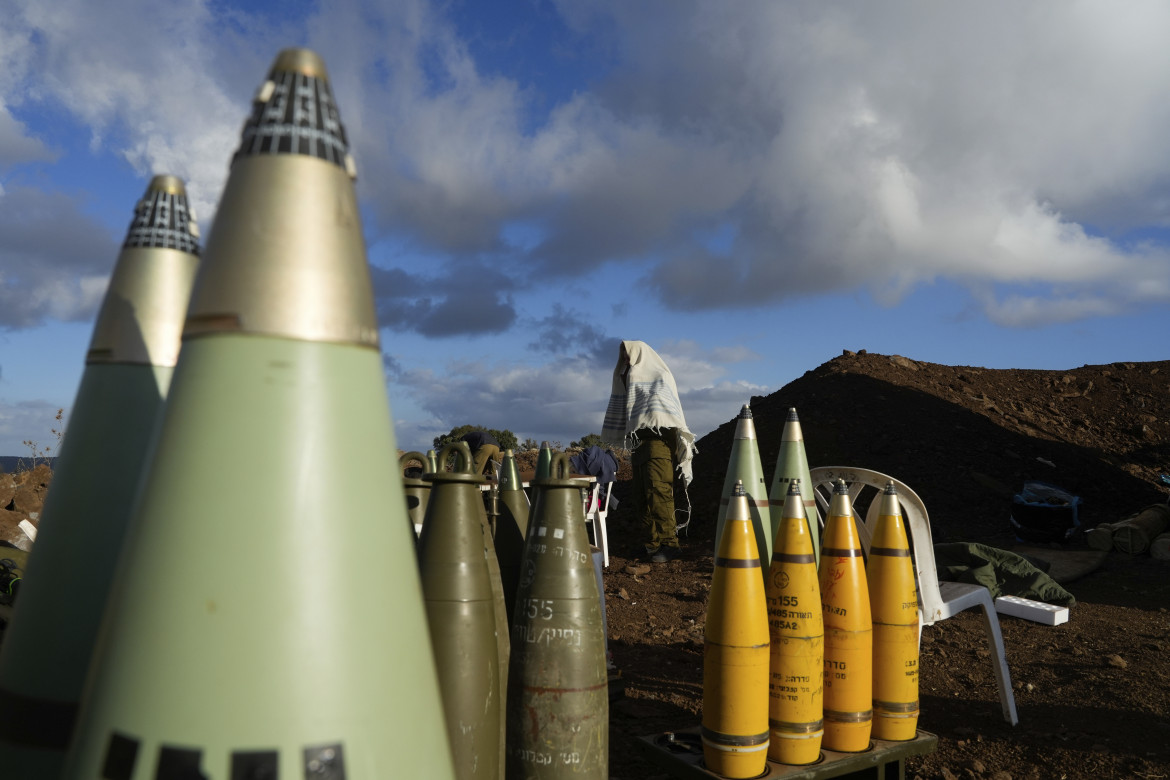Analysis
What ‘the era of European defense’ means a quarter million annually per soldier
The ‘plan to rearm Europe’ has been renamed to avoid alarming the public and to legitimize the upcoming cuts to the welfare state, tax increases, or both.

How many positions for doctors, nurses, teachers, or social workers could be paid for with €249,000 a year? That’s the total expenditure per soldier being invested in Europe, a figure that marks a record increase over the last ten years, up from the €211,000 spent in 2023 and €138,000 in 2014.
The European Defense Agency’s (EDA) 2024-2025 report demonstrates a clear trend: just as access to the welfare professions is becoming more difficult and precarious – not to mention the hellish working conditions – more and more spending is incentivized for those who claim to be thinking about peace while preparing for war. In terms of the latter, per capita spending rose from €642 in 2023 to €764 in 2024, up from €426 in 2014. This is driven by the continued growth of EU member states’ defense budgets. In 2024, the 27 member states’ defense spending reached €343 billion, a 19% increase from 2023, bringing the level to 1.9% of GDP.
In the next ten years, that share could even double. The EU, a political dwarf that cares deeply about the interests of military lobbies and the classes that speculate on their profits, has promised Donald Trump it will finance the Pentagon and the transatlantic military-industrial complex with 5% of its GDP within ten years, all at the expense of European taxpayers. This critical point was highlighted in the latest report by the Stockholm International Peace Research Institute (SIPRI), which showed Europe’s growing dependence on purchasing “Made in USA” armaments.
Against this backdrop, the European Parliament will return this fall to discuss the “Defense Readiness Program” through 2030. This is a euphemism for the €750 billion “plan to rearm Europe” (€650 billion of which will be borne by the states, i.e., taxpayers), which has been renamed to avoid alarming the public and to legitimize the upcoming cuts to the welfare state, tax increases, or both.
With the next budget law, the Meloni government already hopes to return to a 3 percent debt-to-deficit ratio, which would free it from the excessive deficit procedure and allow it to activate a clause to increase public spending on arms. The goal is to move from the current 1.57% of GDP (finagled as 2% with NATO’s blessing) toward the 3.5% of GDP demanded by Brussels and Washington, starting as early as next year. The Milex observatory has noted that 3.5% is an insanely high target based on the United States' current military spending level. This figure is supposed to cover traditional military expenditures: investments in weapons, vehicles, and ammunition; operating costs; salaries and pensions for armed forces personnel; and expenses for international missions and military support for Ukraine.
Then, to reach the symbolic 5% demanded by the gangster in the White House, an additional 1.5% of GDP will be needed for national security spending. This includes power plants, terrestrial and satellite telecommunication networks, strategic military mobility infrastructure (railways, roads, bridges, ports, and airports), border defense, military police vehicles and personnel, medical facilities for nuclear, chemical, and biological attacks, and other spending items – including, of course, “dual-use” research for technologies that can be used both for bombing and for “doing good.”
Poland is the leader in terms of arms spending, with nearly 4% of its GDP last year, followed by Estonia, Latvia, and Lithuania. Bucking the trend, Ireland, Malta, and Portugal saw their military budgets decrease in 2024. Spain has decided to cap its spending at 2%. Italy, however, will need to find an additional €6-7 billion in new financial resources every year for the next ten years. According to Milex, this will translate into a cumulative ten-year spending commitment of nearly €700 billion. In ten years, annual military spending will soar from the current €35 billion to over €100 billion.
Consistent with the notion that politics should be conducted with weapons while also maintaining European military and economic subordination, EU “foreign policy” chief Kaja Kallas said: “We are mobilizing all available financial and political levers to support member states and European companies in this effort. Defense today is not a luxury, but a fundamental element for the protection of our citizens. This must be the era of European defense. We will not stop here.”
Originally published at https://ilmanifesto.it/europa-in-guerra-contro-la-societa-record-della-spesa-militare on 2025-09-03
